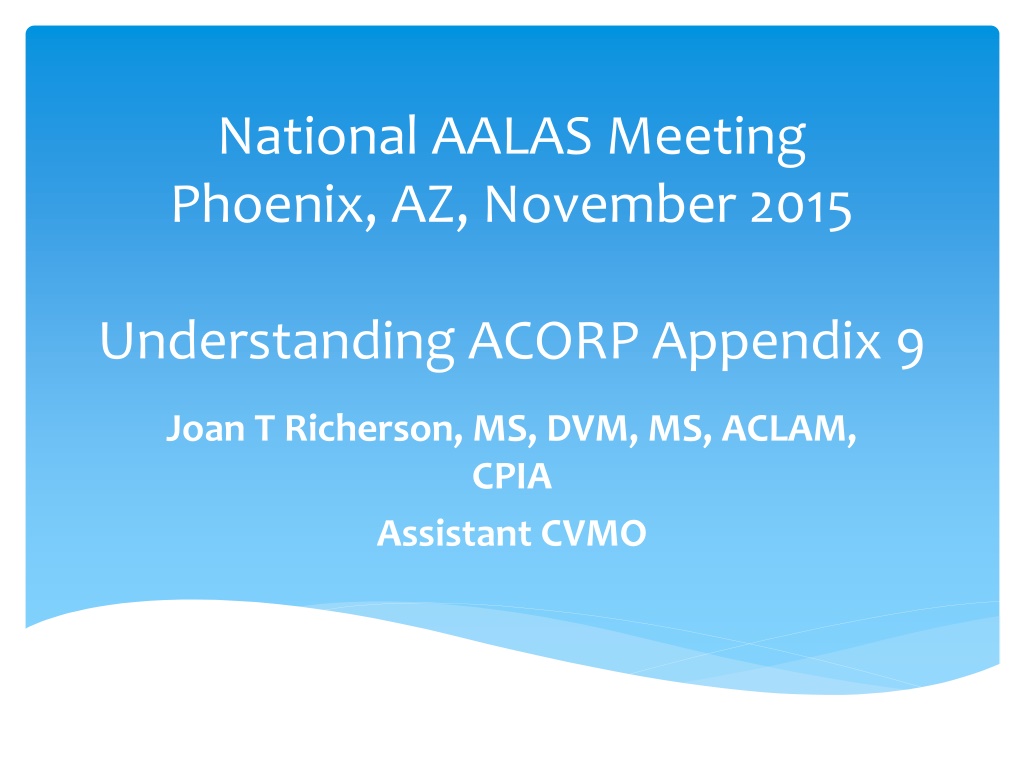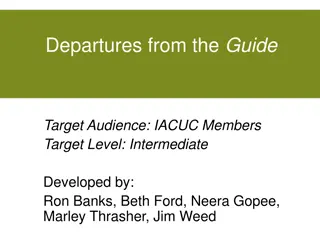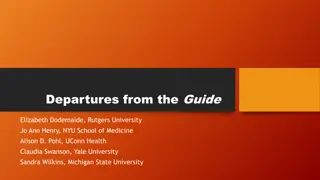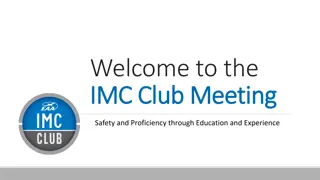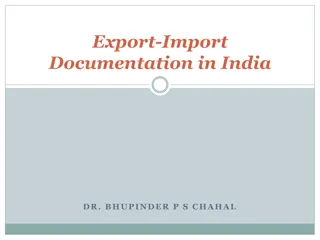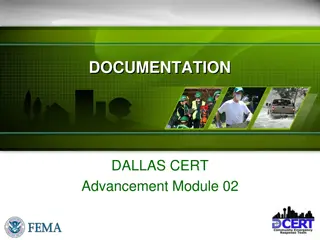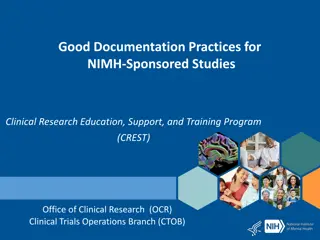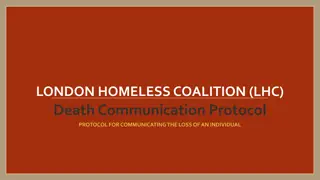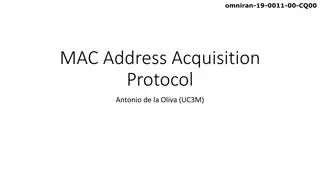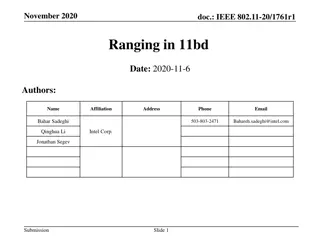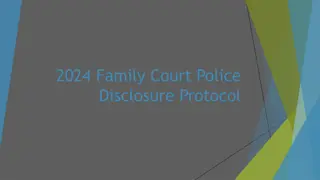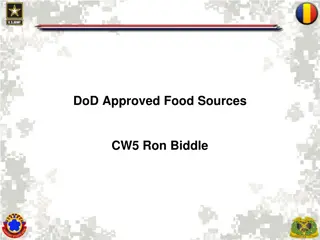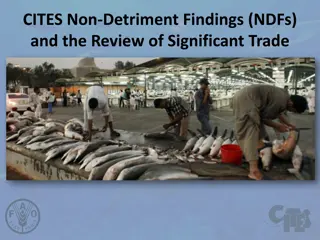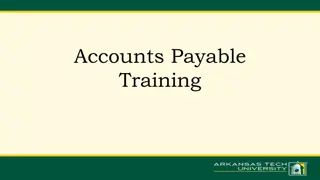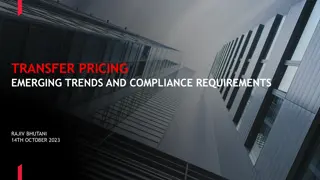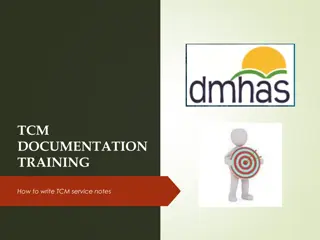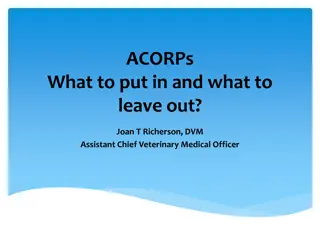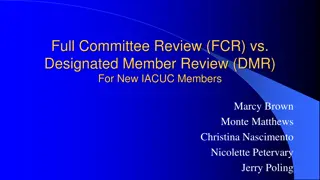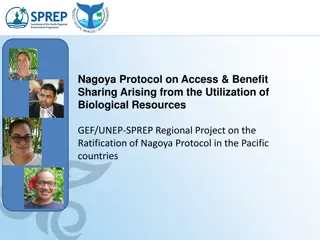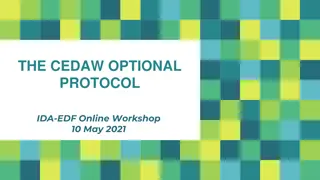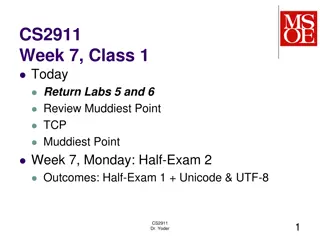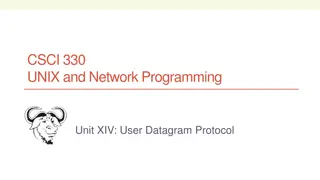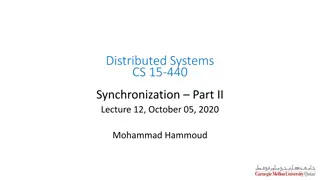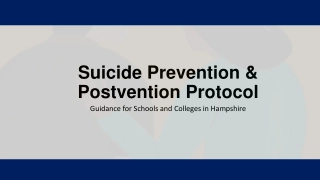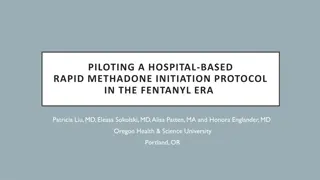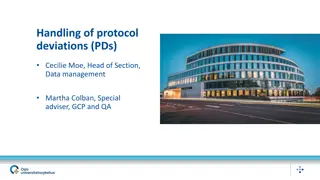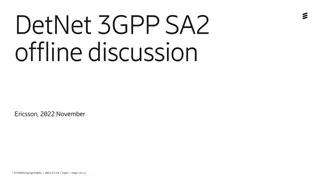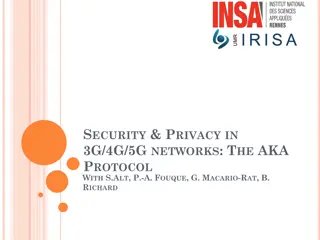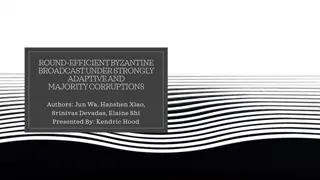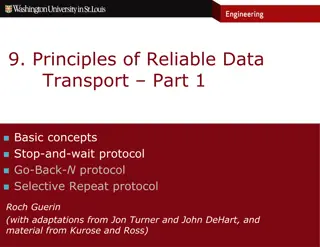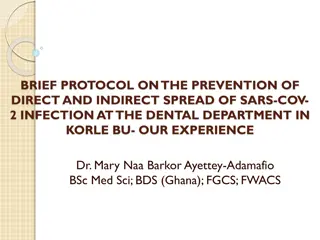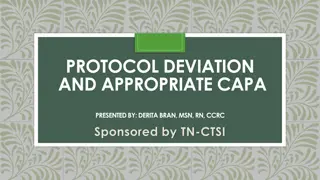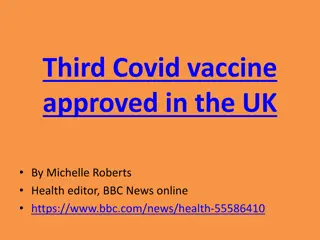Understanding ACORP Appendix 9: Documentation of Approved Protocol Departures
Appendix 9 serves to document departures approved by the IACUC for a given protocol, allowing inclusion in semiannual reports. It guides users on identifying departures, using the VA Deviations and Departures flowchart, and provides examples for clarity. Criteria for when to use Appendix 9 are outlined, emphasizing specific exceptions, approved departures, and reporting requirements. The content elucidates the significance of established exceptions and deviations from guide standards that necessitate scientific justification and IACUC approval.
Download Presentation

Please find below an Image/Link to download the presentation.
The content on the website is provided AS IS for your information and personal use only. It may not be sold, licensed, or shared on other websites without obtaining consent from the author. Download presentation by click this link. If you encounter any issues during the download, it is possible that the publisher has removed the file from their server.
E N D
Presentation Transcript
National AALAS Meeting Phoenix, AZ, November 2015 Understanding ACORP Appendix 9 Joan T Richerson, MS, DVM, MS, ACLAM, CPIA Assistant CVMO
What is Appendix 9 for? The purpose of Appendix 9 is to document departures that have been approved by the IACUC for a given protocol. The completed appendix may be copied for inclusion in semiannual reports.
How to use Appendix 9? In the protocol look for instances where the required care or use of animals differs from the general standards of the Guide. ACORP items or appendices that address experimental manipulations, agent administration, husbandry, surgery, euthanasia, etc. are possible sources of deviations. Remember: 1. Deviation - divergent behavior that may or may not be a departure. 2. Departure variation from the standards of the Guide that must be reported.
How to use Appendix 9? continued Using the VA Deviations and Departures flowchart, ask: 1. Does the Guide describe the standard as a may statement? If so, no departure has occurred because may statements are suggestions. Appendix 9 is not needed. 2. Does the Guide (in relation to a must or should statement) list an exception that permits deviation? If so, no departure has occurred. Appendix 9 is not needed. 3. Does the should statement meet the criteria for a well- established performance standard? If so, no departure has occurred. Appendix 9 is not needed.
Appendix 9 examples Please refer to the handout for this presentation, which includes the complete Appendix 9 for each example and the VA Deviations and Departures flowchart. Example 1 single housing Example 2 euthanasia method Example 2 housing space
When to use Appendix 9? Specifically established exceptions * Approved departures Apply to Must or should statements where certain exceptions are noted in the Guide Deviations from Guide standards that require scientific justification and IACUC approval Reporting requirements NONE YES - to the IO via the semiannual report. Appendix 9 X Do not complete Complete Tips Try looking for the word unless in association with must or should statements Look for must or should statements with a requirement but no qualifiers *Well established performance standards that meet Guide criteria are not departures.
Selected Guide statements The following statements describe specifically established exceptions to Guide standards, which may be helpful in determining whether or not Appendix 9 is needed. Prolonged restraint, including chairing of nonhuman primates, should be avoided unless it is essential for achieving research objectives and is specifically approved by the IACUC (NRC 2003b). (pg. 29)
Selected Guide statements The use of non-pharmaceutical-grade chemicals and other substances shouldbe described and justified in the animal use protocol and be approved by the IACUC (Wolff et a,. 2003); for example, the use of non-pharmaceutical grade chemical or substance may be necessary to meet the scientific goals of a project or when a veterinary or human pharmaceutical-grade product is unavailable. (pg. 31)
Selected Guide statements Radios, alarms, and other sound generators should not be used in animal rooms, unless they are part of an approved protocol or enrichment program (pg.50). Social animals shouldbe housed in stable pairs or groups of compatible individuals unless they must be housed alone for experimental reasons or because of social incompatibility. (pg. 51)
Selected Guide statements If necessary to house animals singly for example, when justified for experimental purposes, for provision of veterinary care, or for incompatible animals this arrangement should be for the shortest duration possible. (pg. 60) Appropriate social interactions among members of the same species are essential to normal development and well-being .single housing of social species should be the exception and justified based on experimental requirements or veterinary related concerns about animal well-being. (pg. 64)
Selected Guide statements Unless an exception is specifically justified as an essential component of the research protocol and approved by the IACUC, aseptic surgery should be conducted in dedicated facilities or spaces (pg. 116). Unless a deviation is justified for scientific or medical reasons, methods should be consistent with the AVMA Guidelines on Euthanasia (AVMA 2007 or later editions). (pg. 123)
